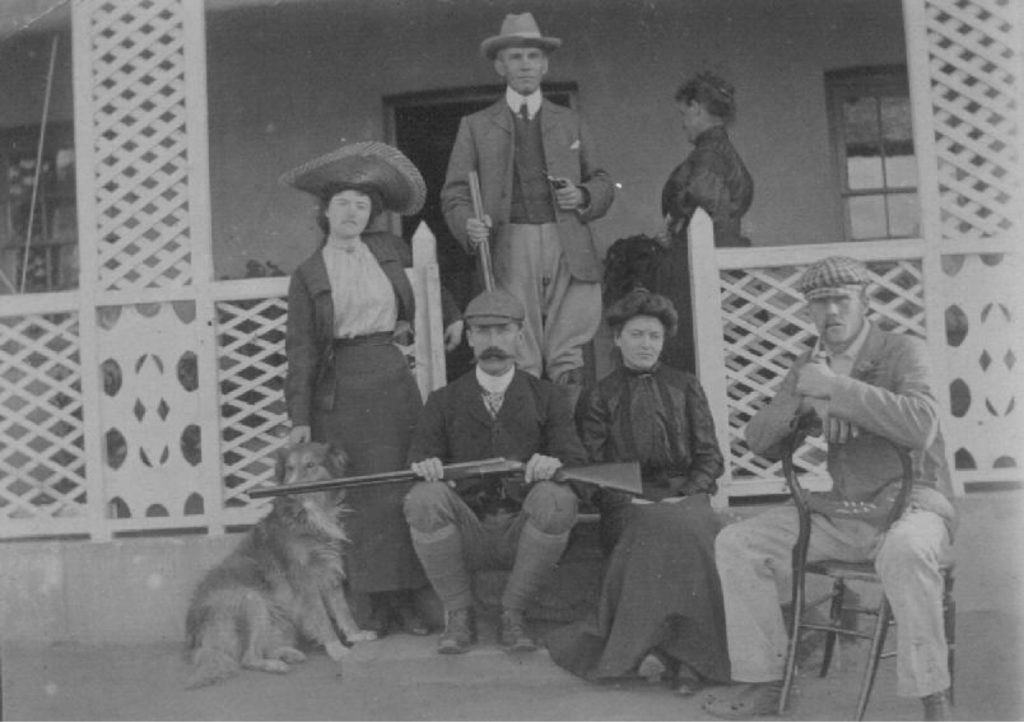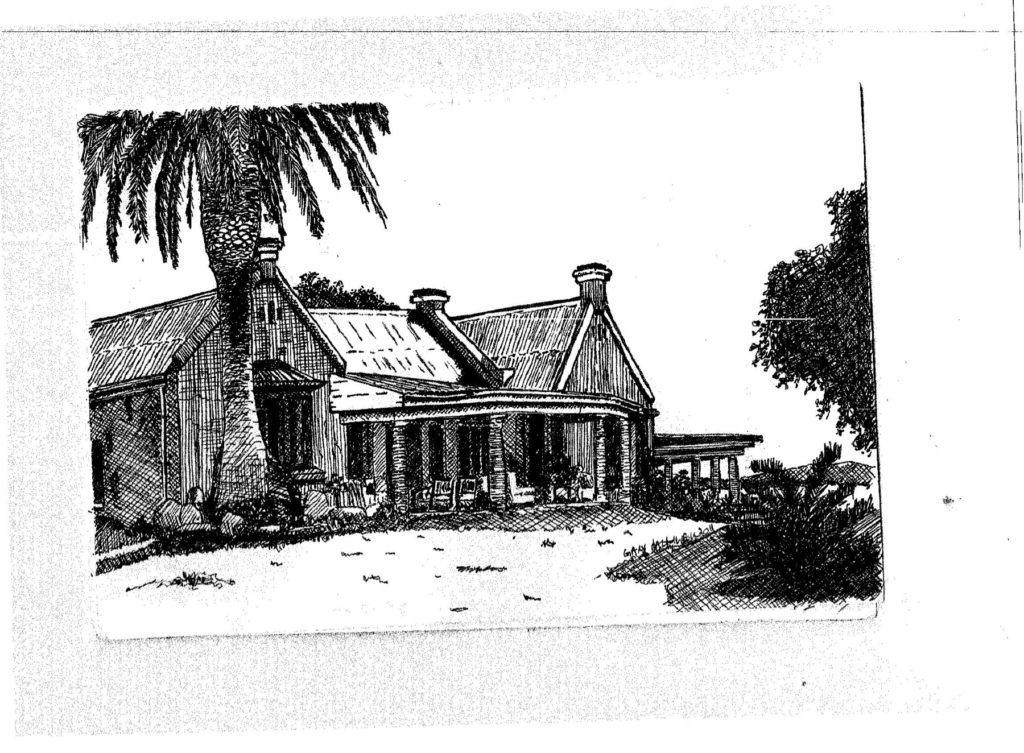
The History of the Gorah is not just another story of an African Farm. It is a factual recollection of the lives of people, both indigenous and foreign, who lived at, created, built, tilled and later died with this place, leaving behind an etched history that would, eons later, become its very essence.
The story of Gorah was not always a happy one. Glory, sadness, success, happiness, tragedy and love all weaved their way into this story. Through some of the hardest and most enduring times of South African history, the lives of these people will forever be entwined in the legend, the history and the memory of this untimely place.
Extending way back to the days of the Early Stone Age, Gorah holds its origin of inhabitants over 250 000 years ago. As man evolved, so did his use and need for the Gorah. Originally boasting a natural spring, Gorah, which means Natural Water, attracted wildlife, hunters early African farmers, and then later the white settlers and farmers, new age hunters and varied cultures for hundreds of years after.
While the Stone Age men dominated thousands of years in the Gorah area, hunting and migrating from seashore to inland hunting grounds, it was only later that the more refined story or ‘history’ of the early Khoi people was to take form, and the story begins to evolve with a clearer picture.
From the mysterious and fascinating legends of the Khoi, arose the more detailed and recorded cultures of the amaXhosa people, and the Khoi, along with the wild animals, would soon face a perilous future; the late 1700’s had arrived, and so had Colonial settlers.
It is really from this time onwards that the footprint of Gorah grows more discernable as records and stories were told, recorded and remembered. As the 1700’s progressed into the 1800’s the story of Gorah grew intimately more personal as records of particular names and characters defined the building of the Gorah Farm House and the creating of a working farm. As the lives of these individuals unfolded on the farm amongst the Addo Bush besides the natural spring, their diaries became a source of history which would later contribute to the revealing of many of the myths, legends and secrets of the Gorah as we know it today.
There is no doubt that the first settlers who built and lived at the Gorah farm truly loved this place. But history would appear to repeat itself again and again as the characters learned that its beauty had hardship, and tragedy would often strike the seemingly peaceful lives of the people, thus creating new and interesting diary pages every day.
I believe that the legend of Gorah still belongs to these original people. They personify the love we feel that remained when the Old Gorah House was at last forcefully abandoned and left for ruin.
Yet beneath the old brick and rubble of an era passed, lay a new dream; the dream of what today has risen from that same love, and which has now created another chapter for this beautiful place. Today the Old Gorah House lies in the heart of the Addo Elephant National Park. Its intimate atmosphere of that ancient beauty has survived here year after year like a single victorious ship that has often travelled through oceans of defeat. The Gorah Elephant Camp has risen to keep this wonderful legend alive.


